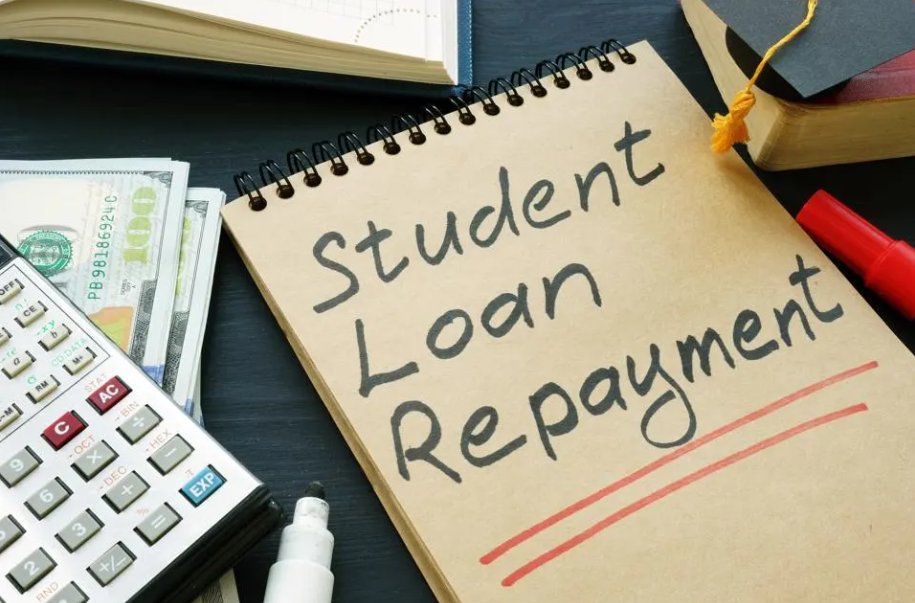In the pursuit of higher education, many students find themselves facing the daunting reality of student loans. While these loans enable countless individuals to access education that would otherwise be financially out of reach, they also come with the responsibility of repayment. Navigating the various student loan repayment plans available can be complex and overwhelming. Understanding the options and choosing the right repayment plan is crucial for managing debt effectively and securing financial stability post-graduation.
Understanding Student Loans and Repayment
Types of Student Loans
Student loans generally fall into two categories: federal loans and private loans. Federal loans are issued by the government and typically offer more favorable terms, including fixed interest rates and flexible repayment options. Private loans, on the other hand, come from private lenders and may have variable interest rates and less flexible repayment terms.
Importance of Repayment Plans
Repayment plans determine how borrowers will repay their loans after graduation. The choice of a repayment plan can significantly impact monthly payments, total interest paid, and the length of time it takes to repay the loan in full. Each borrower’s financial situation is unique, making it essential to explore different options to find the most suitable plan.
Federal Student Loan Repayment Plans
Standard Repayment Plan
The Standard Repayment Plan is the default option for federal student loans. It offers fixed monthly payments over a period of 10 years. This plan is ideal for borrowers who can afford higher monthly payments and want to repay their loans quickly while minimizing interest payments.
Graduated Repayment Plan
The Graduated Repayment Plan starts with lower monthly payments that increase every two years over a period of 10 years. This plan is suitable for borrowers who expect their income to rise steadily over time. While initial payments are lower, total interest paid over the life of the loan may be higher compared to the Standard Repayment Plan.
Income-Driven Repayment Plans (IDRs)
Income-Driven Repayment Plans base monthly payments on the borrower’s income and family size. There are several types of IDRs, including:
- Income-Based Repayment (IBR): Caps monthly payments at a percentage of the borrower’s discretionary income, typically 10-15%. Payments are recalculated annually based on income and family size.
- Pay As You Earn (PAYE): Similar to IBR but generally caps payments at 10% of discretionary income and forgives remaining debt after 20 years of qualifying payments.
- Revised Pay As You Earn (REPAYE): Caps payments at 10% of discretionary income for borrowers with direct loans and 15% for borrowers with FFELP loans. REPAYE also includes interest subsidies for subsidized loans.
- Income-Contingent Repayment (ICR): Caps payments at 20% of discretionary income or the amount the borrower would pay on a fixed 12-year repayment plan, adjusted for income.
IDRs are particularly beneficial for borrowers with low income or high debt relative to income. They offer forgiveness after 20-25 years of qualifying payments, but forgiven amounts may be taxable.
Public Service Loan Forgiveness (PSLF)
PSLF is a federal program that forgives the remaining balance on Direct Loans after 120 qualifying payments (10 years) while working full-time for a qualifying employer in public service. Borrowers must be enrolled in an IDR plan to qualify for PSLF.
Choosing the Right Repayment Plan
Factors to Consider
- Income and Financial Situation: Your current income and expected future earnings play a crucial role in determining the affordability of different repayment plans.
- Career Goals: If you plan to work in public service, PSLF might be a viable option. Otherwise, IDR plans can provide flexibility based on income.
- Loan Amounts and Interest Rates: Higher loan amounts may necessitate lower monthly payments through IDR plans, while lower amounts might be manageable under standard or graduated plans.
Steps to Determine Your Plan
- Evaluate Your Loans: Understand the types of loans you have (federal vs. private) and their respective terms.
- Assess Your Financial Situation: Calculate your income, expenses, and other financial obligations to determine how much you can afford to pay towards your loans each month.
- Explore Repayment Options: Use online calculators and resources provided by loan servicers or the federal government to estimate payments under different plans.
- Consider Long-Term Goals: Decide whether minimizing total interest paid, reducing monthly payments, or pursuing loan forgiveness aligns with your financial goals.
Conclusion
Choosing the right student loan repayment plan is a critical decision that can affect your financial well-being for years to come. By understanding the various federal repayment options available, assessing your financial situation, and considering your long-term goals, you can make an informed decision that best suits your needs. Whether you opt for a Standard Repayment Plan to pay off your loans quickly or an Income-Driven Repayment Plan to manage payments based on your income, the key is to select a plan that enables you to comfortably repay your loans while maintaining financial stability and pursuing your career aspirations. Remember, your loan servicer and financial advisors are valuable resources to help you navigate this process and ensure you choose the best repayment plan for your circumstances.


